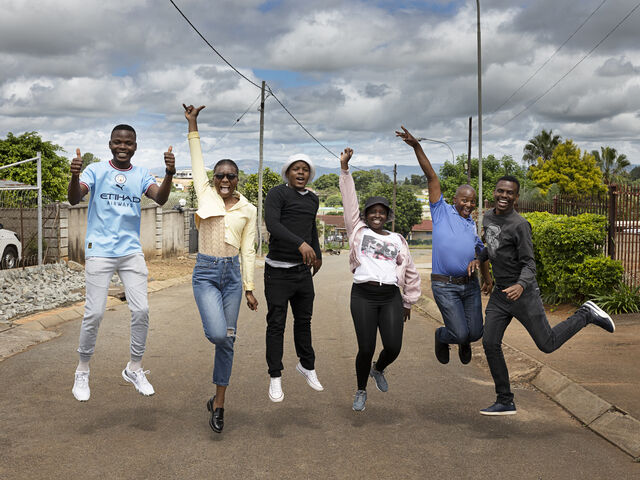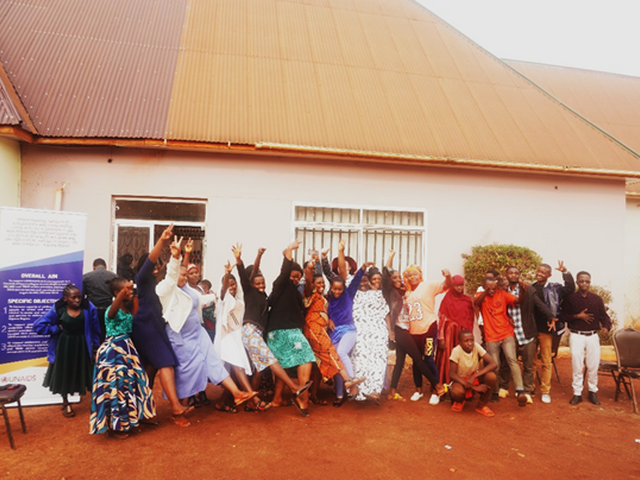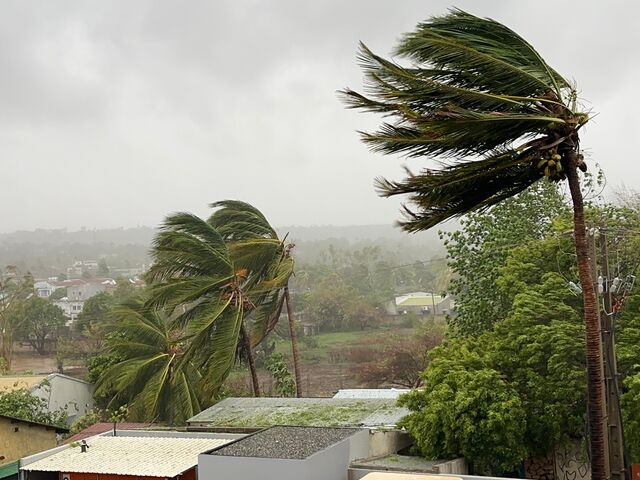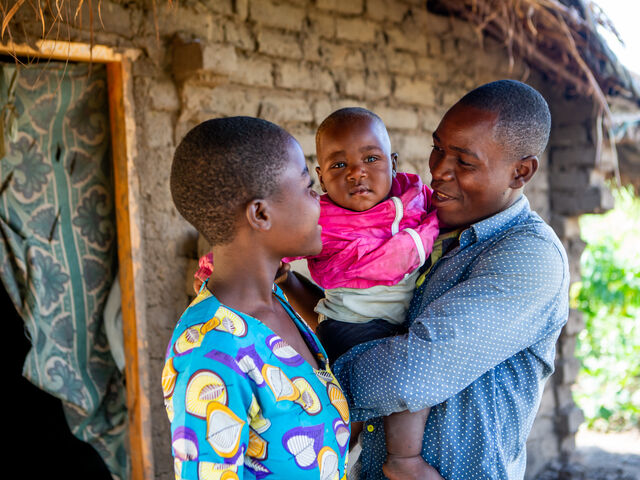From 9,000 to 30 in two years: Peer education is playing a vital role in HIV viral load suppression among adolescents in Eastern Uganda
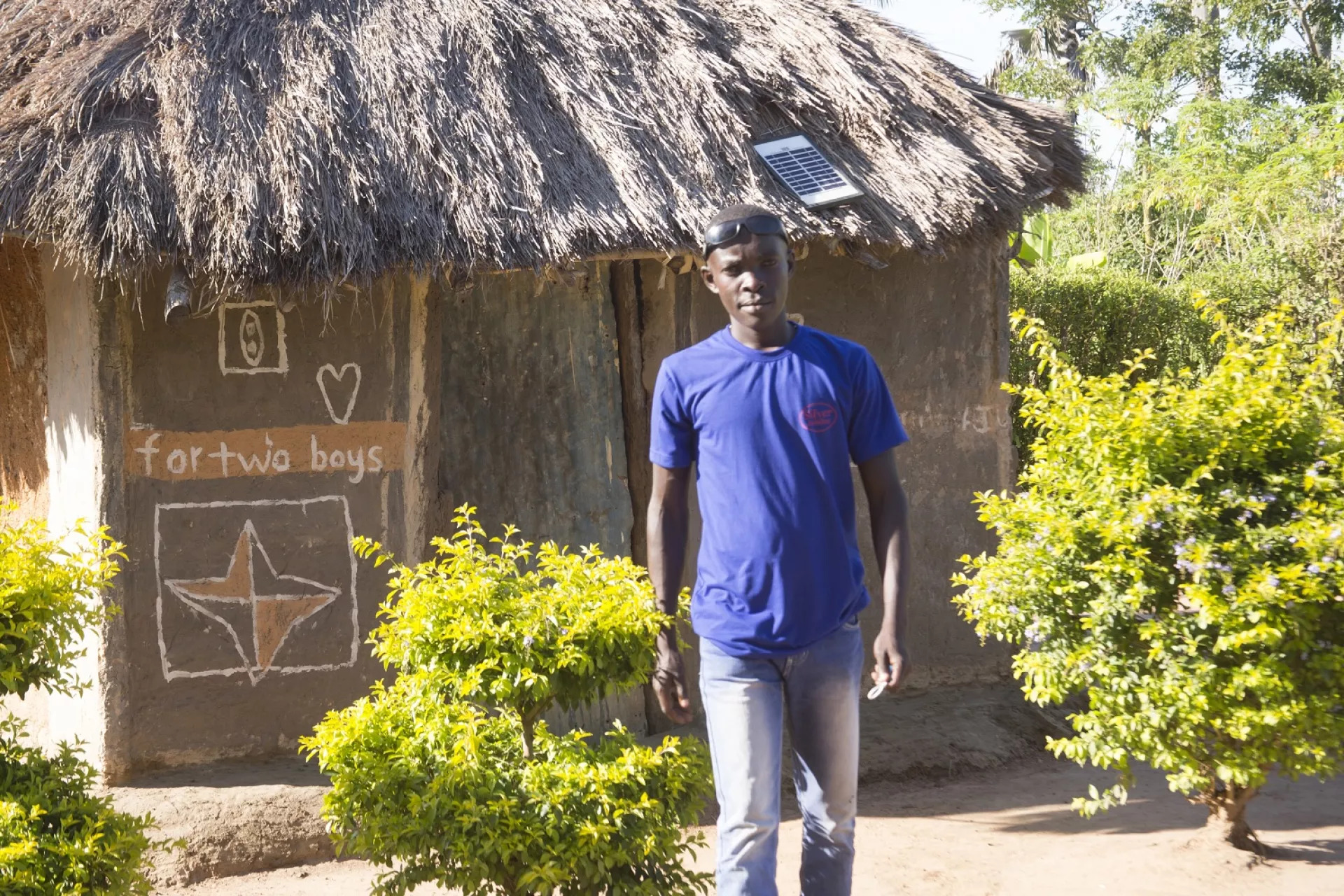
The party in Awacha Village in Soroti District may not have been a big one but certainly was a very joyful one as Florence Anyito’s family celebrated the news that Joseph - his brother, was virally suppressed, meaning he has very low levels of HIV virus in his blood (less than 200 copies per millilitre of blood).
Just two years earlier, 17-year-old Joseph Epudu’s viral load count was 9,000. He used to fall sick all the time and was often admitted into hospital. The family and health workers in Soroti struggled with Joseph’s continuously deteriorating health.
He was very sickly with sores in his mouth and all over his body. Joseph would get malaria at least twice a month and it appeared as though Joseph was no longer responding to his HIV medication. It took the discovery of a hidden stash of ARVs (antiretroviral medication for HIV treatment) behind an old water pot to reveal the real problem Joseph was facing. More than five bottles of discarded medicine meant Joseph had not taken his antiretroviral medicine for up to six months.
“I used not to take my medicine well because its bitter and big, but I didn’t know that was the reason I was falling sick,” Joseph reveals, having been on antiretroviral treatment for 11 years then.
Joseph’s sister immediately took him to The AIDS Support Organisation (TASO) in Soroti where Joseph was linked to a young people and adolescent peer supporter (YAPS), David Eliru, to help him adhere to his drugs.
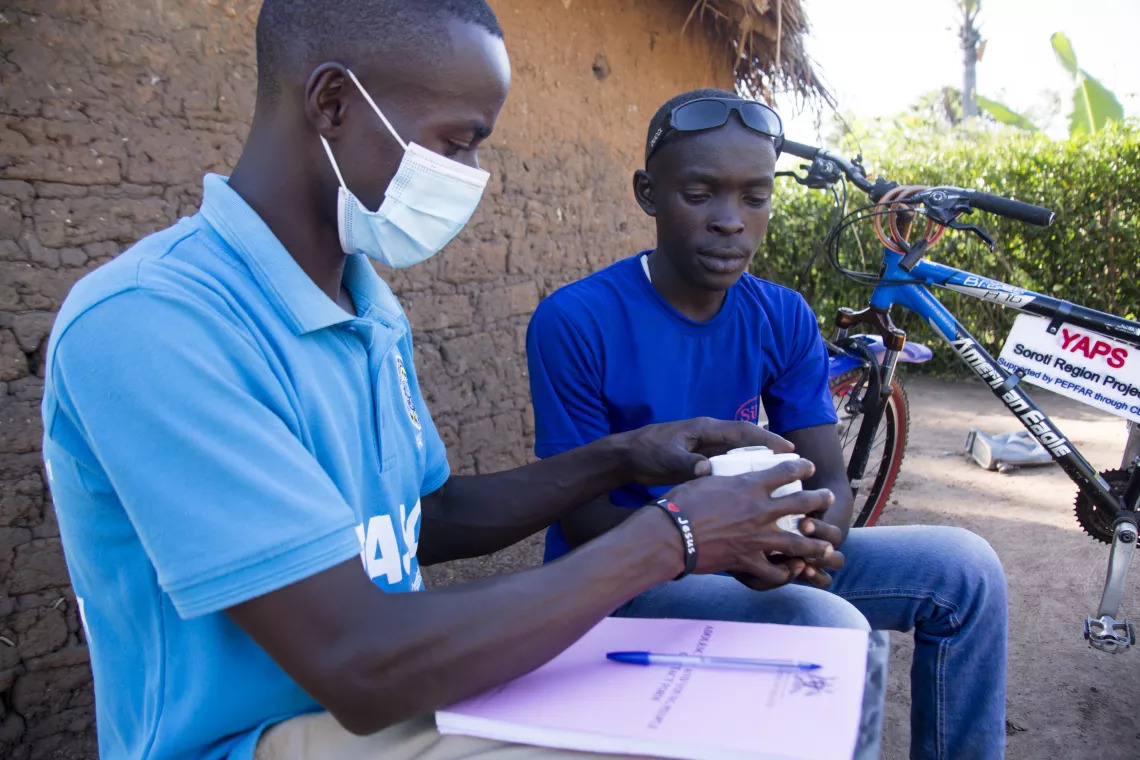
The YAPS Programme is an initiative of the Ministry of Health and partners including UNICEF, Global Fund with funding from SIDA and the Centers for Disease Control and Prevention (CDC).
The programme which is implemented by TASO in the districts of Soroti, Kumi, Serere and Katakwi in eastern Uganda aims at improving the quality of care accessed by adolescents and young people, and to address the challenges of poor retention in HIV care and low viral load suppression rates among young adults.
William Oriokot, the YAPS District Mentor and Senior Health Educator, Soroti District says that suppression has been a big problem because adolescents and young people were battling with stigma especially when accessing healthcare services provided by older health workers however, this is changing with YAPS.
The YAPS Programme is being implemented in 320 high-volume health facilities in 72 districts across the country with 714 trained YAPS helping over 25,000 adolescents and young people to improve their treatment outcomes on the HIV cascade in identification, enrolment, retention, and viral load suppression.
Joseph is one of over 500 adolescents and young people in care at the TASO Centre of Excellence in Soroti, 247 of whom are linked to 7 YAPS members.
Despite multiple efforts to convince Joseph about the efficacy of the drugs, Joseph did not really change his behaviour until he saw his YAPS take his ARV medication that his mindset changed “It was not until I swallowed my drugs before him that he believed that I was taking my ARVs,” recalls David.
Two years after being linked to a YAPS member, Joseph is healthy, strong, and full of hope as he pursues a course in wielding at the Uganda Martyrs Vocational Institute.
“I advise all HIV positive adolescents and young people to take their medicine every day without missing so that the virus can stop multiplying,” says Joseph.
“The YAPS Programme has really helped adolescents and young people living with HIV come out of their dark tunnels, the YAPS are the candle burning at the end of the tunnel,” Caroline Imede, the TASO YAPS facility Supervisor concludes.
